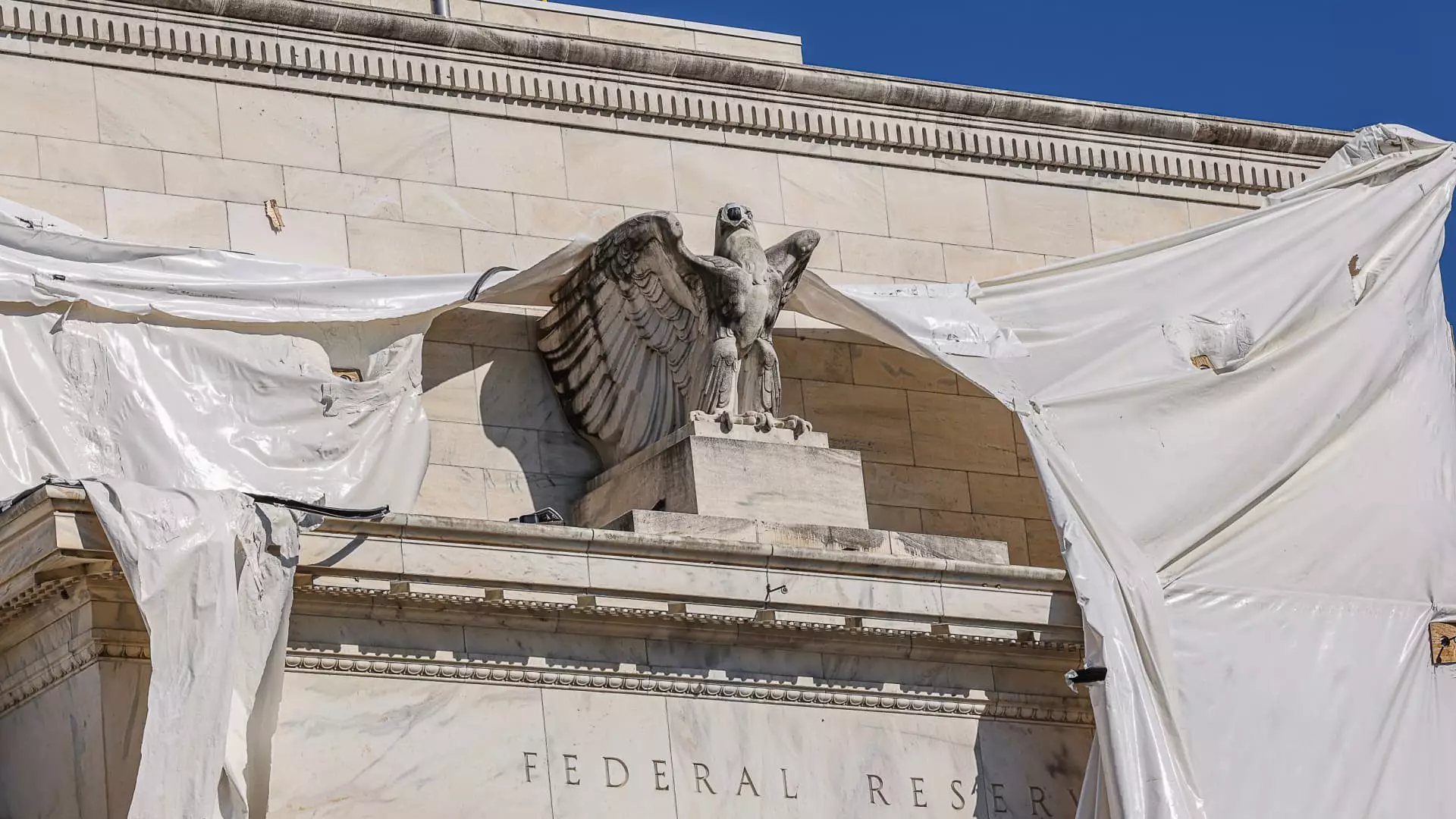It seems that the Federal Reserve officials are facing a significant challenge when it comes to grasping the inflation landscape in the United States. As Julian Howard, the lead investment director of multi-asset solutions at GAM, pointed out, there appears to be a glaring lack of clarity and understanding among policymakers regarding the current state of inflation. In a recent statement on CNBC’s “Squawk Box Europe,” Howard expressed his belief that the Fed officials seem to have “no idea what’s going on” in terms of inflation dynamics. This lack of awareness and uncertainty among key decision-makers raises concerns about the effectiveness of monetary policy moving forward.
In recent weeks, Federal Reserve policymakers have been advocating for patience when it comes to implementing interest rate cuts. Despite earlier expectations of a more significant decline in inflation, policymakers have cited the stubborn nature of inflation as a reason to delay easing monetary policy. Fed Governor Christopher Waller emphasized the need for additional evidence indicating a softening of inflation before supporting rate cuts. This cautious approach was echoed by other Fed officials, including Boston Fed President Susan Collins, who highlighted the importance of patience amidst mixed economic data. However, this cautious stance raises questions about the Fed’s ability to respond effectively to evolving economic conditions.
Julian Howard of GAM pointed out a lack of coherent messaging from Fed officials regarding their expectations and the factors contributing to elevated inflation levels. He suggested that policymakers may be struggling to interpret inflation trends accurately, leading to confusion and indecisiveness. Howard raised concerns about a credibility problem within the Fed, noting discrepancies between initial predictions of subdued inflation and the current reality of persistent inflationary pressures. The lack of a clear narrative and the failure to address the reasons behind elevated inflation levels add to the uncertainty surrounding the Fed’s decision-making process.
Inflation forecasting is a notoriously challenging task, as highlighted by Howard. The unpredictability of inflation trends makes it difficult for policymakers to formulate effective strategies to manage economic stability. Despite initial expectations of declining inflation, recent data has shown that inflation remains stubbornly high, hovering around 3.5%. This lack of a clear downward trajectory in inflation rates poses a significant challenge for policymakers trying to understand and address the underlying causes of inflationary pressures. The persistent nature of elevated inflation levels underscores the complexity of the current economic environment and the uncertainties it presents.
Despite the elevated inflation levels, stock markets have shown resilience and adapted to the changing economic landscape. Howard highlighted the role of mega-cap stocks in mitigating the impact of high inflation through strategic investments and cash reserves. These companies have positioned themselves as stable entities capable of weathering economic uncertainties, providing a sense of reassurance to investors. The adjustment of market expectations for interest rate cuts reflects a nuanced understanding of the interplay between inflation, monetary policy, and market dynamics. The evolving market responses suggest a certain level of adaptability and resilience in the face of economic challenges.
The confusion and uncertainty surrounding inflation dynamics raise concerns about the Federal Reserve’s ability to navigate the current economic landscape effectively. The lack of clarity and coherence in messaging, combined with challenges in predicting inflation trends, contribute to a sense of unease and skepticism among market participants. Moving forward, policymakers must address the credibility issues and improve communication to instill confidence in their decision-making processes. As the economic environment continues to evolve, a proactive and strategic approach is essential to ensure stability and growth in the face of persistent inflationary pressures.


Leave a Reply